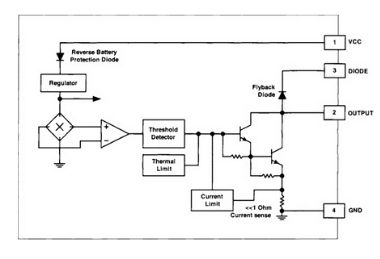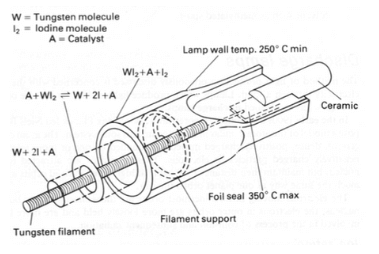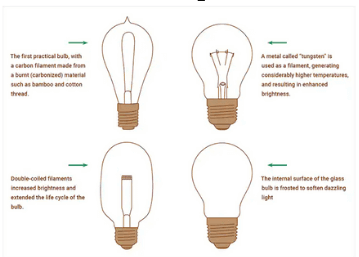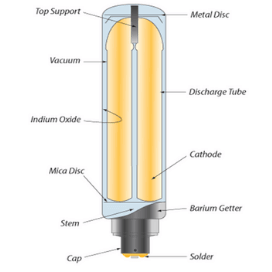Flood Lighting: A Comprehensive Guide
Flood lighting is a type of artificial lighting that uses high-intensity, broad-beamed light sources to illuminate large areas such as outdoor playing fields, stadiums, buildings, monuments, landscapes, and other architectural features. Flood lighting can create dramatic effects, enhance visibility, improve safety and security, and provide aesthetic appeal.
In this article, we will explain what flood lighting is, how it works, what are its main characteristics and types, and what are its applications and benefits. We will also provide some tips and guidelines on how to design and install floodlighting systems.
What is Flood Lighting?
A flood light is defined as a luminaire that covers a wide surface area with a broad angle of projection. It can produce a wide beam of light, usually up to 120 degrees, that can “flood” an area with light. Flood lights are typically mounted on poles, walls, roofs, or other structures that allow them to aim at the desired direction and angle.
Floodlights work by using powerful light sources such as LEDs, halogen lamps, metal halide lamps, or high-pressure sodium lamps that are concentrated into narrow light beams using specific reflectors or lenses. The reflectors or lenses can shape the light beam and control its spread and intensity. Some flood lights also have adjustable features that allow them to change the beam angle and direction.
Flood lights are different from other types of luminaires, such as spotlights, which produce a narrow beam of light with a high intensity and a small angle of projection. Spotlights are used to highlight specific objects or areas, while floodlights are used to illuminate general areas or surfaces.
What are the Characteristics of Flood Lights?
Floodlights have various characteristics that determine their performance and suitability for different applications. Some of the main characteristics are:
Peak intensity: This is the maximum intensity of the flood light in the direction of the intensity axis. It is generally specified in candela per 1000 lumens of the lamp (cd/klm).
Beam spread: This is the angle over which the luminous intensity drops to a stated percentage (usually 50% or 10%) of its peak value. It is also known as beam width or beam spread angle.

Beam efficiency: This is the ratio of the beam flux to the lamp flux. It is also known as the light output ratio. It indicates how well the luminaire converts the lamp flux into useful beam flux.
Luminous intensity: This is the amount of light emitted by the flood light in a given direction. It is measured in candela (cd).
Half plane divergence: This is the angular extension in all directions of a beam at both sides of the intensity axis. It indicates how wide the beam is.

Inner beam: This is the solid angle consisting of an intensity greater than or equal to 50% of the maximum intensity.
Outer beam: This is the solid angle containing all directions of luminous intensity greater than or equal to 10% of the maximum intensity.
What are the Types of Flood Lights?
Flood lights can be classified into different types based on their luminous intensity distribution, their beam spread angle, and their mounting options. Some of the common types are:

Rotational symmetry: This type of flood light has a luminous intensity distribution that remains unchanged through the same beam spread angle considered at both sides of the intensity axis. For example, if the beam spread angle is 40 degrees, then 20 degrees will be at both sides of the intensity axis. Through 20 degrees on both sides of the intensity axis, the intensity is constant.
Symmetry above two planes: This type of flood light has a luminous intensity distribution that is symmetrical about two planes perpendicular to each other and passing through the intensity axis. For example, if one plane is horizontal and another plane is vertical, then the intensity distribution will be symmetrical about both planes.

Symmetry about the single plane: This type of flood light has a luminous intensity distribution that is symmetrical about one plane passing through the intensity axis. For example, if the plane is horizontal, then the intensity distribution will be symmetrical about it.
Asymmetry: This type of flood light has a luminous intensity distribution that is not symmetrical about any plane passing through the intensity axis. For example, if one side of the beam has a higher intensity than another side.
Floodlights can also be classified based on their beam spread angle according to NEMA (National Electrical Manufacturers Association) standards:
Type 1: Beam spread angle ranges from 10 degrees to 18 degrees
Type 2: Beam spread angle ranges from 18 degrees to 29 degrees
Type 3: Beam spread angle ranges from 29 degrees to 45 degrees
Type 4: Beam spread angle ranges from 45 degrees to 70 degrees
Type 5: Beam spread angle ranges from 70 degrees to 100 degrees
Statement: Respect the original, good articles worth sharing, if there is infringement please contact delete.
Welcome to our electricity community! Established to facilitate the exchange and cooperation in the electricity industry and bridge professionals, enthusiasts, and related enterprises.





